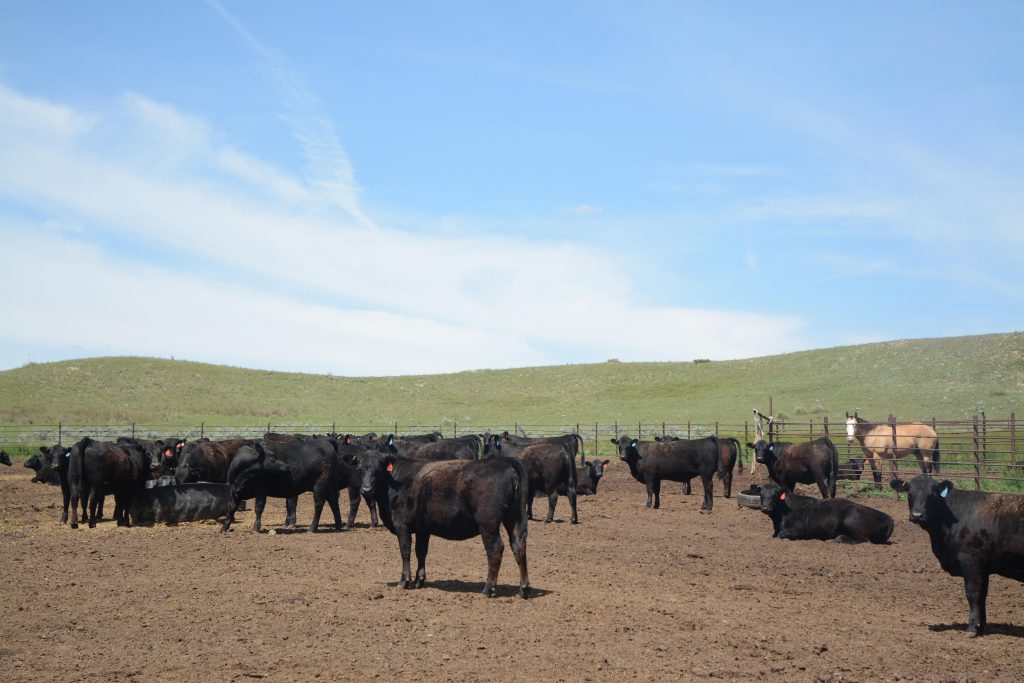
Tools that work
You’ve selected the right tool for the job, you know how it functions and you’re confident it will deliver the intended results.
Yet, I hear skeptics all the time. Take EPDs, or the expected progeny differences, calculated by breed associations. “Those are just numbers. They don’t tell you what the animal is going to do in the real world.”
I’ve worked as an ag journalist for more than a decade and every single rancher I interview who has made significant, directional progress gives a big portion of that credit to studying the EPDs. No matter what trait or suite of traits you’re trying to improve, they provide a clear roadmap. EPDs help you determine ways to avoid problems and help you design exactly the kind of herd you want.
They’ve been studied and accuracy improved for decades. In many cases, these calculations have millions of records feeding into their algorithms. With the addition of genomic information, they’re even more precise than ever.

The study was designed to prove the worth of the Beef Value ($B) index. (Often called “Dollar beef,” it was one of first tools to combine EPDs for feedyard and carcass traits with economic measures.)
There was a predicted $187.38 per-head difference between the bottom $B group and the top. In real life, fed the same ration at the same yard to the same backfat endpoint, there was a $215.47 spread.
A big part was due to the quality grade differences, where the group with the highest predicted carcass value was 100% Certified Angus Beef® (CAB®) brand and Prime, compared to the lower group that had zero Primes and just 52% CAB.
Simply put, the tools work.
There are other time-honored improvement strategies that would fall into this category of well-researched, widely tested, proven technologies. “For all the labor, hassle and money spent on synchronization, there’s no way AI [artificial insemination] makes sense.”

Yet, there are examples from South Dakota to Georgia that say otherwise.
There’s the benefit of having access to better genetics, but beyond that, study after study shows early-born calves make more money than the stragglers. The less variation in calves, the more interested the buyers. Research from a few years ago shows in a herd of 50 cows, with all costs figured in, AI adds more than $7,000 over the course of five years. That didn’t even take into consideration the potential value of better carcass merit.
I’m a proponent of checking facts and scrutinizing decisions, but if a proven technology claims to save you time or money, or add to your bottom line, and it actually does? Don’t be too surprised.
Sometimes it is just this simple: the tools work as intended.
May your bottom line be filled with black ink,
Miranda
You may also like
Nebraska Ranch Receives Certified Angus Beef Commercial Award
Troy Anderson, managing a Nebraska ranch, focuses on breeding thriving maternal cows that will grade premium Choice and Prime, while respecting livestock, people and land. Anderson Cattle receives the 2023 CAB Commitment to Excellence Award. Their journey includes improving genetics, feeding home-raised and purchased calves and using data for better breeding decisions, all with a bottom-line approach.
Everything They Have
Progress is a necessity on the Guide Rock, Nebraska, ranch where Troy Anderson manages a commercial Angus herd, small grower yard, his 10-year-old son, and a testing environment. Troy’s approach includes respect for his livestock, people and land. For that, Anderson Cattle was honored with the CAB 2023 Commercial Commitment to Excellence Award.
Progress, Not Perfection
It’s a labor of love, obvious in the way she lights up explaining their family’s 33-year effort to proactively adapt Angus cows to their land. A lifetime of telling stories from the pasture or kitchen has resonated with nonfarm consumers as much as fellow ranchers. “Everything we do is about cattle, but it’s also about family and connecting our kids to the land and to the cattle,” Debbie Lyons-Blythe says.



